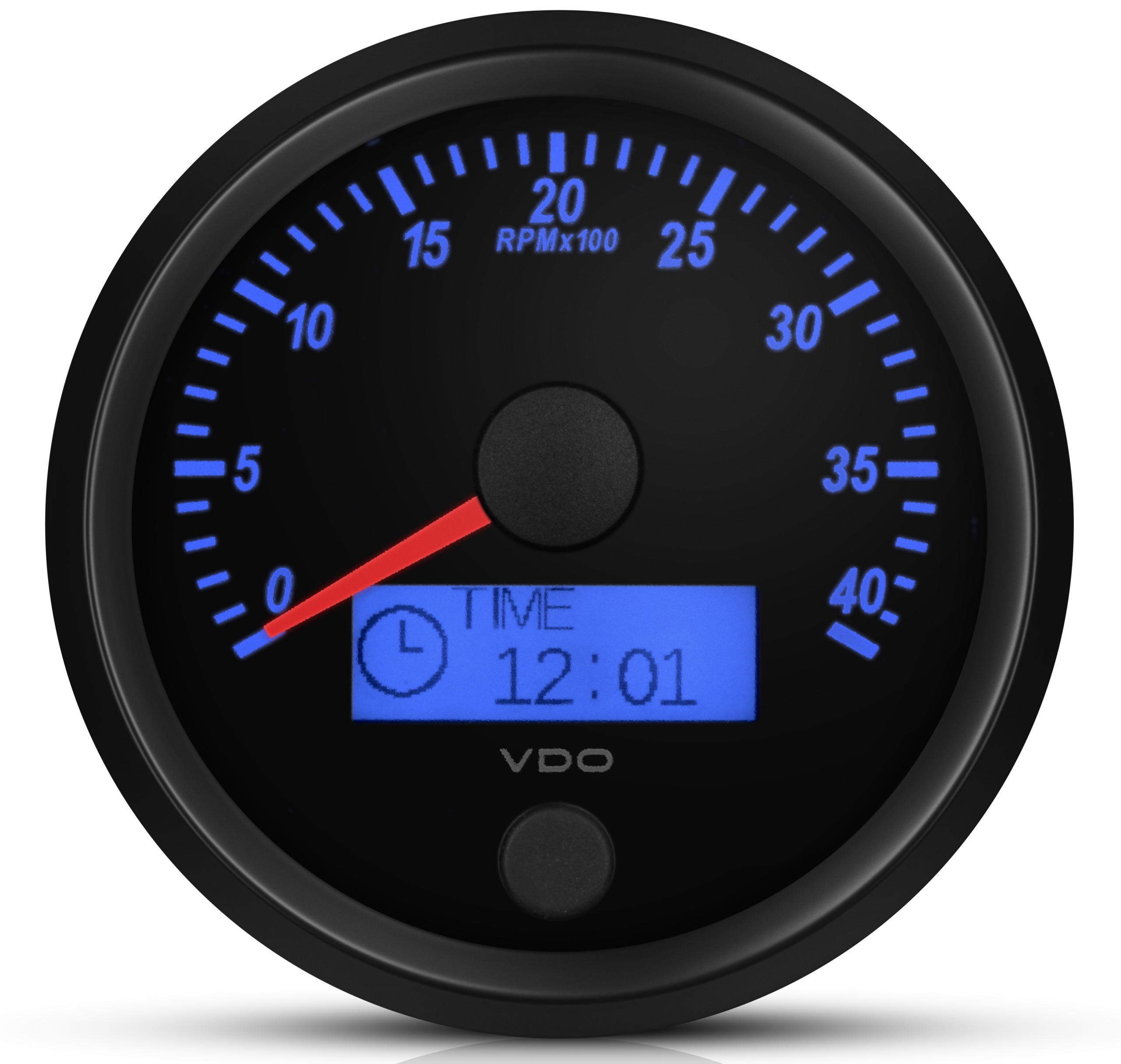Just How a Tachometer Assists Screen Engine Health And Wellness and Performance
Just How a Tachometer Assists Screen Engine Health And Wellness and Performance
Blog Article
The Significance of a Tachometer in Checking Engine Speed and Efficiency in Automotive Applications
In the realm of auto engineering, the tachometer stands as a crucial instrument in the driver's toolbox, providing a straight home window into the internal workings of an automobile's engine. Beyond its function as a plain gauge of transformations per minute (RPM), the tachometer functions as a vital device for enthusiasts and specialists alike, offering real-time understandings into engine performance and wellness. Understanding the relevance of this device goes past surface-level observations, delving right into the elaborate relationship between engine rate, power outcome, and general driving experience. As we explore the diverse duty of the tachometer in automotive applications, a deeper admiration for its influence on automobile dynamics and efficiency begins to arise.
Importance of Monitoring Engine RPM
Monitoring engine RPM, or changes per minute, is a crucial facet of vehicle maintenance and efficiency analysis. Engine RPM directly associates with the rate at which the engine's crankshaft rotates, showing exactly how quickly the engine is running.
In addition, keeping track of engine RPM is essential for efficiency assessment in auto racing and high-performance cars. Keeping ideal RPM degrees is important for achieving peak power result and acceleration. Racers frequently make use of tachometers to ensure they are running within the ideal RPM array for maximum performance. In recap, keeping track of engine RPM is not just essential for finding issues however additionally for optimizing engine efficiency in numerous automotive applications.

Benefits of Real-Time Information
In automobile applications, real-time information plays an essential role in giving immediate insights into the performance and problem of the car. By continuously monitoring numerous criteria such as engine speed, temperature level, fuel consumption, and extra, real-time data uses many benefits that add to improved effectiveness and security on the road.
One significant advantage of real-time data is its capacity to sharp vehicle drivers and professionals to any kind of abnormalities or problems quickly. This proactive approach makes it possible for fast identification of potential problems, permitting prompt interventions to avoid further damage or breakdowns. In addition, real-time information helps with performance optimization by giving instant feedback on driving habits and engine performance. Motorists can adjust their actions in real-time based upon this information to attain much better fuel economic situation and extend the lifespan of their lorry.

In addition, real-time data plays an essential function in modern-day vehicle diagnostics, allowing professionals to swiftly diagnose and deal with breakdowns. This results in lowered downtime, lower maintenance prices, and eventually, boosted overall automobile integrity and longevity (tachometer). By using the power of real-time data, vehicle stakeholders can make informed decisions that favorably impact both the performance and long life of the vehicle
Effect On Equipment Shifts
The tachometer plays a crucial role in optimizing equipment changes by giving real-time engine rate information to the motorist. When approaching the redline on the tachometer, it indicates the chauffeur to upshift to avoid over-revving the engine and triggering potential damage.
Moreover, the tachometer help in attaining smoother equipment shifts, particularly in manual transmissions. By checking engine rate, motorists can carry out gear shifts at the optimum RPM array, minimizing jerking motions and minimizing endure the transmission elements. This precision on duty modifications not only enhances driving convenience yet likewise adds to sustain effectiveness.
Enhancing Gas Efficiency
Offered the essential function the tachometer plays in optimizing equipment shifts for efficiency and engine health and wellness, it directly adds to maximizing gas effectiveness in automotive applications. By giving real-time comments on engine speed, the tachometer aids chauffeurs in keeping one of the most efficient RPM array for fuel economic situation. When motorists consistently check the tachometer and change their motoring practices as necessary, they can prevent unneeded fuel intake triggered by over-revving or hauling the engine.
Furthermore, the tachometer aids drivers determine the most fuel-efficient gear to be in at any kind More Info of given moment, protecting against the engine from working more challenging than necessary. This is especially crucial during velocity and travelling, where being in the ideal equipment can substantially influence fuel effectiveness. In addition, the tachometer next page can notify motorists to possible mechanical issues that might be adversely influencing gas economy, such as a slipping clutch or a blocked air filter. Finally, the tachometer acts as a valuable tool in boosting gas effectiveness by advertising optimal driving practices and determining areas for improvement in the lorry's efficiency.

Maximizing Engine Longevity
The tachometer's role in checking engine rate and performance contributes in guaranteeing the longevity of auto engines. By making use of the tachometer successfully, chauffeurs can optimize engine long life via mindful RPM management. Continually revving an engine expensive can result in excessive damage on important elements, such as the pistons, valves, and bearings. With time, this can lead to decreased engine efficiency and potential breakdowns. Keeping an eye on the tachometer allows vehicle drivers to stay within the recommended RPM array for their car, protecting against unnecessary strain on the engine and prolonging its lifespan.

Final Thought
To conclude, the tachometer plays a critical function in monitoring engine rate and performance in vehicle applications. By providing real-time information on RPM, it allows for reliable gear changes, enhanced gas efficiency, and made best use of engine durability. This this link device is vital for keeping optimal engine efficiency and ensuring the general capability of a car.
Report this page